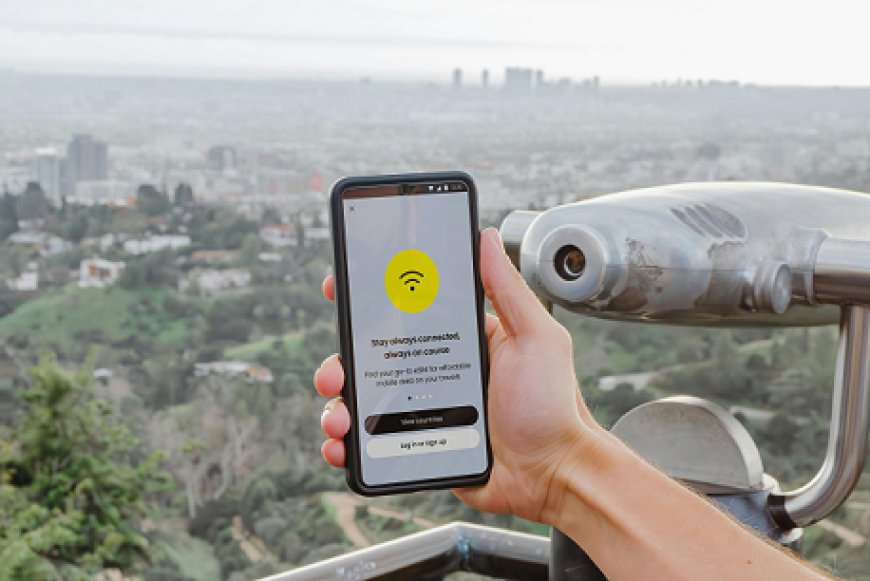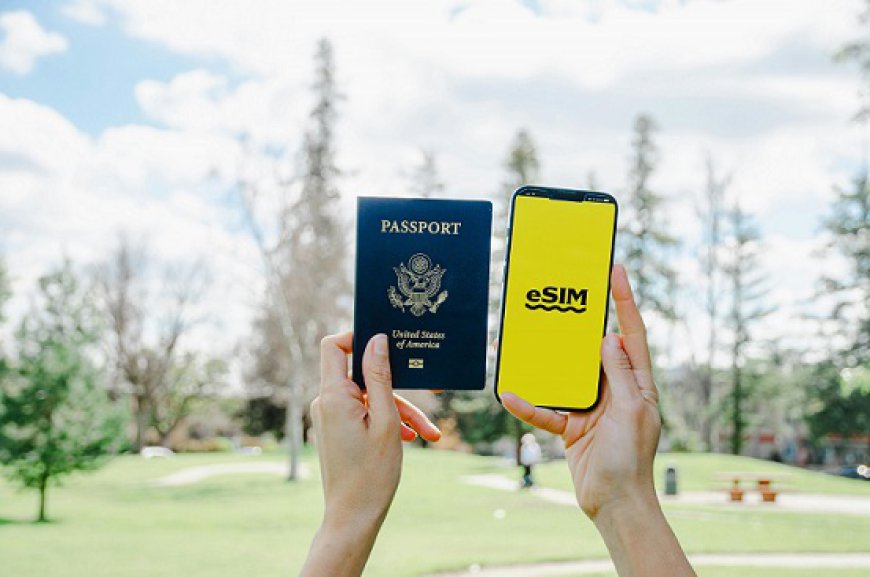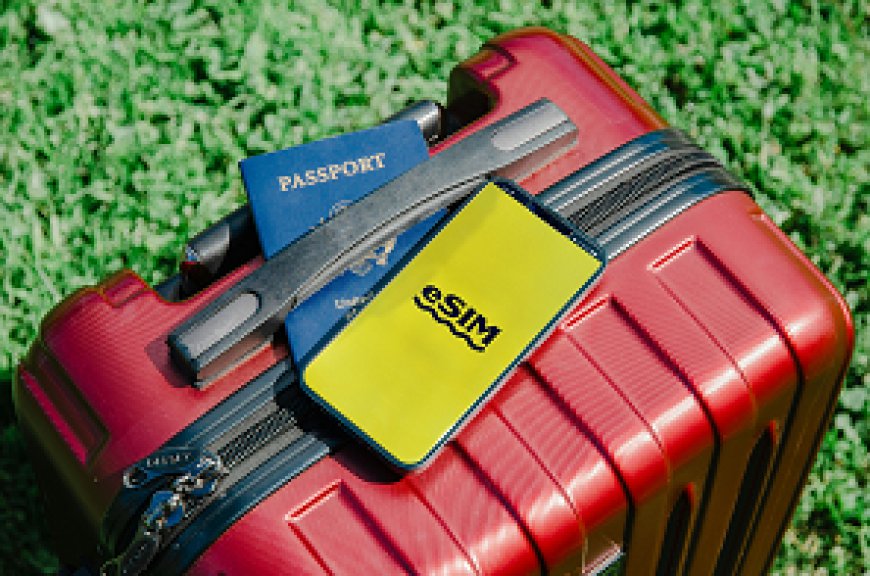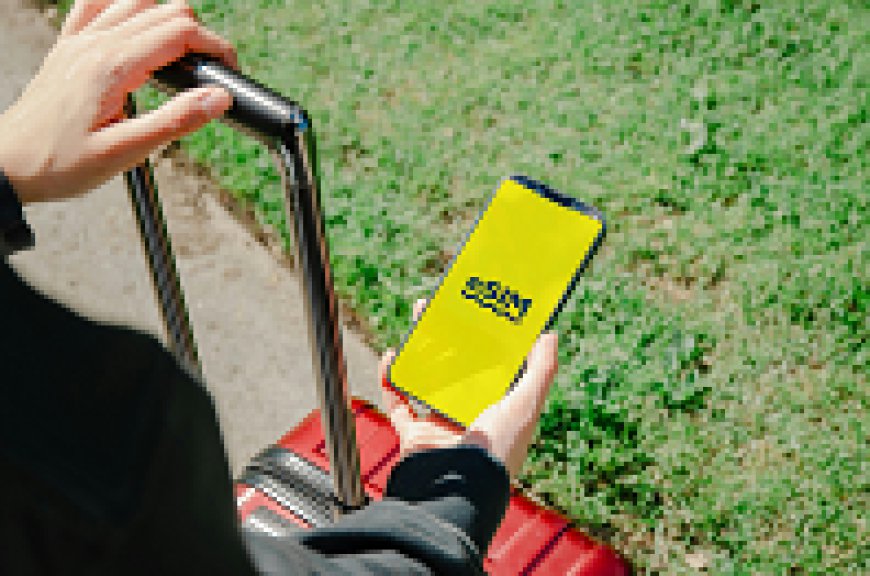How to Use a Travel eSIM in Rural Areas Across Europe
Travelling through Europe offers diverse experiences, from bustling cities to scenic rural landscapes

However, staying connected in rural areas can be a challenge due to limited network coverage and infrastructure. With the rise of travel eSIM, maintaining reliable connectivity while journeying through Europe’s remote regions has become more accessible. In this guide, we’ll explore how to use a travel eSIM in rural areas across Europe, ensuring seamless connectivity even when you venture off the beaten path.
1. Understanding Travel eSIM Technology

An eSIM (embedded SIM) is a digital SIM card embedded in your smartphone, allowing you to switch between mobile networks without physically swapping SIM cards. Travel eSIMs offer flexibility for travellers by allowing you to select a local data plan over the air, providing instant connectivity without long-term contracts or roaming fees.
Benefits of Using a Travel eSIM in Rural Areas:
- Quick Activation: No need to visit a store or wait for a SIM card. Activate your travel eSIM within minutes, even before you leave the city.
- Multi-Network Access: Travel eSIMs give you access to different network providers, increasing your chances of getting a strong signal in rural areas.
- Seamless Switching: You can switch between eSIM profiles, enabling you to choose the provider with the best coverage in your current location.
2. Challenges of Connectivity in Rural Europe
While Europe boasts some of the most developed mobile network infrastructures, rural areas, especially in mountainous or remote regions, can still experience patchy or weak coverage. Some challenges include:
- Sparse Network Towers: Fewer cell towers mean weaker signals or even dead zones in some areas.
- Geographical Barriers: Mountains, forests, and other natural features can obstruct mobile signals.
- Limited Internet Speeds: In certain rural locations, even if you can connect, speeds may be slower due to network limitations.
Despite these challenges, a well-chosen travel eSIM can help you stay connected by giving you access to multiple networks that work better in rural settings.
3. How to Choose the Right Travel eSIM for Rural Areas in Europe

When travelling to rural regions, choosing the right eSIM provider is critical to ensuring you have reliable access to data and voice services. Here’s what to look for:
a. Coverage Across Multiple Networks
The best travel eSIM providers offer access to more than one network, which is essential when travelling to rural areas where a single provider may not have strong coverage. Check if the eSIM plan allows you to switch between major network operators.
b. Local Carrier Partnerships
Opt for an eSIM provider that partners with local carriers, especially those known for their rural coverage. Major European networks like Vodafone, Orange, and O2 often have extensive rural reach, so choose an eSIM that can connect to these networks.
c. Flexible Data Plans
In rural areas, you may find yourself relying on mobile data more frequently than in urban environments where Wi-Fi is readily available. Look for flexible or unlimited data plans to avoid running out of data when you need it most.
d. Offline Activation Option
Choose a provider that allows offline activation or offers customer service support in case you lose connectivity. This can be a lifesaver when you’re in an area with no signal and need help to get back online.
4. Top Travel eSIM Provider for Rural Europe
Here is the top travel eSIM provider known for offering solid coverage in rural areas across Europe:
Orange Holiday eSIM

Overview: Orange is a popular telecom operator and mobile network in the UK and Europe that offers several eSIMs to its customers; including travellers. Their Holiday eSIM is typically more advantageous travel eSIM for travellers to France; Spain, the UK and other countries.
Pricing: Until October 9, 2024, activating your Holiday Europe eSIM plan will automatically provide you with 100GB instead of 50GB at no extra cost!
With a massive 100GB 5G data allowance, the Orange Europe eSIM 100 GB is the biggest prepaid plan from Holiday eSIM. Made for power users, the eSIM comes with a validity of 28 days and a French phone number in addition to hours of international voice credit. Explore Europe with premium connectivity at a price you can’t beat.
5. How to Maximize Your Connectivity in Rural Areas Using a Travel eSIM
a. Preload Data and Maps
Before heading to rural areas, preload important data such as maps, guides, and work files to your device. This ensures you can access vital information even when connectivity is weak or non-existent.
b. Download Multiple eSIM Profiles
If your travel eSIM provider supports multiple profiles, download them ahead of time. This allows you to switch to the best available network if your primary eSIM doesn’t provide strong coverage in a particular area.
c. Enable Roaming
Even though a travel eSIM eliminates the need for traditional roaming, enabling roaming on your device ensures your eSIM can connect to multiple networks as you move through areas with different coverage strengths.
d. Check Network Coverage Maps
Most major travel eSIM providers and mobile carriers provide coverage maps showing their network strength across various regions. Before travelling to rural areas, check these maps to determine which provider will offer the strongest connection.
e. Use Signal Boosting Apps
Certain apps can help boost or find the best available signal based on your location. These apps can come in handy when travelling through rural areas with patchy coverage.
6. Real-Life Scenario: Staying Connected in the Alps

Let’s say you’re embarking on a backpacking trip through the Swiss Alps. While cities like Zurich or Geneva have excellent network coverage, more remote mountain villages might not. Using a travel eSIM from a provider like Orange Holiday eSIM will allow you to access different local networks, ensuring you stay connected even as you venture further away from urban centres.
By setting up multiple profiles before your journey and monitoring your data usage, you can switch between carriers as needed, ensuring you always have access to critical information, maps, or communication tools.
7. Additional Tips for Staying Connected in Rural Europe
- Use Public Wi-Fi Where Available: If your mobile data is limited or unavailable, public Wi-Fi hotspots in cafes, hotels, and guesthouses can provide a temporary solution. Just make sure to use a VPN for security.
- Consider a Backup Physical SIM: If you anticipate spending extended periods in one rural area, consider having a backup local SIM card from a carrier known for strong rural coverage, especially if you need voice call functionality.
- Carry a Power Bank: Poor signal areas can drain your battery faster as your device searches for a network. Carry a power bank to keep your phone charged during long days in remote areas.
Conclusion
Staying connected while exploring rural areas across Europe is crucial for both safety and convenience. With a travel eSIM, you can enjoy seamless connectivity across multiple networks, ensuring you remain online even in the most remote regions. By choosing the right provider, downloading multiple profiles, and preloading important data, you’ll be ready to tackle any connectivity challenges during your European adventure.
Travel eSIMs simplify the process of staying connected without the hassle of switching physical SIM cards or worrying about roaming fees. Whether you’re exploring the Swiss Alps, the French countryside, or the remote islands of Greece, a reliable travel eSIM will keep you connected, making your rural travels stress-free and enjoyable.
